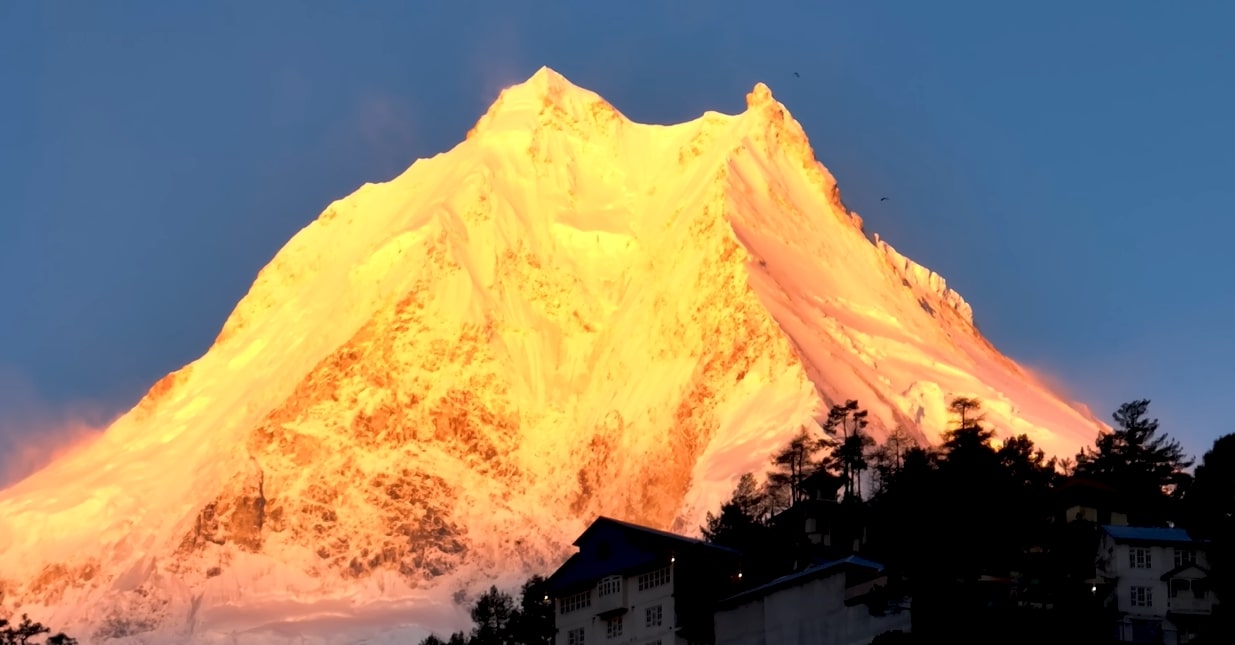
Manaslu Trek: An Epic Himalayan Adventure
Are you looking for an adventure that combines breathtaking mountain views, unique cultural experiences, and a sense of accomplishment? Look no further than the Manaslu Trek in Nepal. This trek is quickly gaining popularity as an alternative to the crowded Annapurna Circuit trek and provides an opportunity to explore the less-visited regions of the Himalayas. In this blog post, we’ll cover everything you need to know to plan your own Manaslu Trek, from obtaining permits to trekking routes and highlights along the way.
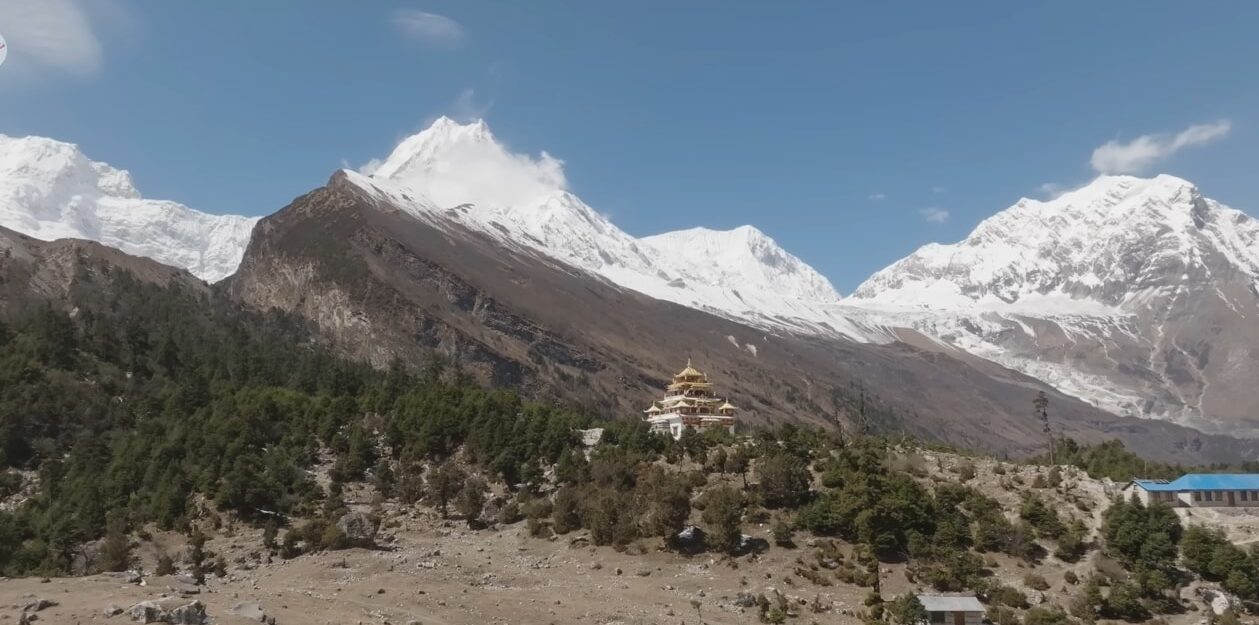
A difficult but worthwhile walk in Nepal, the Manaslu Trek provides breathtaking mountain vistas, a variety of landscapes, and cultural encounters. The trek takes trekkers through small villages and Buddhist monasteries, across high-altitude passes, and alongside the Budhi Gandaki River.
Accommodation is available in tea houses along the way, and porters can be hired to carry gear. Permits are required to enter the Manaslu region, and the trek can take anywhere from 14 to 21 days to complete depending on the chosen route.
The best time to trek is from September to November when the weather is clear and dry. In conclusion, individuals looking for a tough yet amazing trekking adventure in Nepal should strongly consider the Manaslu Trek.
Obtaining Permits: ACAP and Restricted Area Permits
Like many trekking routes in Nepal, the Manaslu Trek requires permits to enter certain areas. Firstly, the Annapurna Conservation Area Permit (ACAP) is required for the first part of the trek. You can obtain this permit in Kathmandu or at the entry point in Soti Khola. The cost of the ACAP is currently 3,000 Nepali Rupees (about $25 USD).
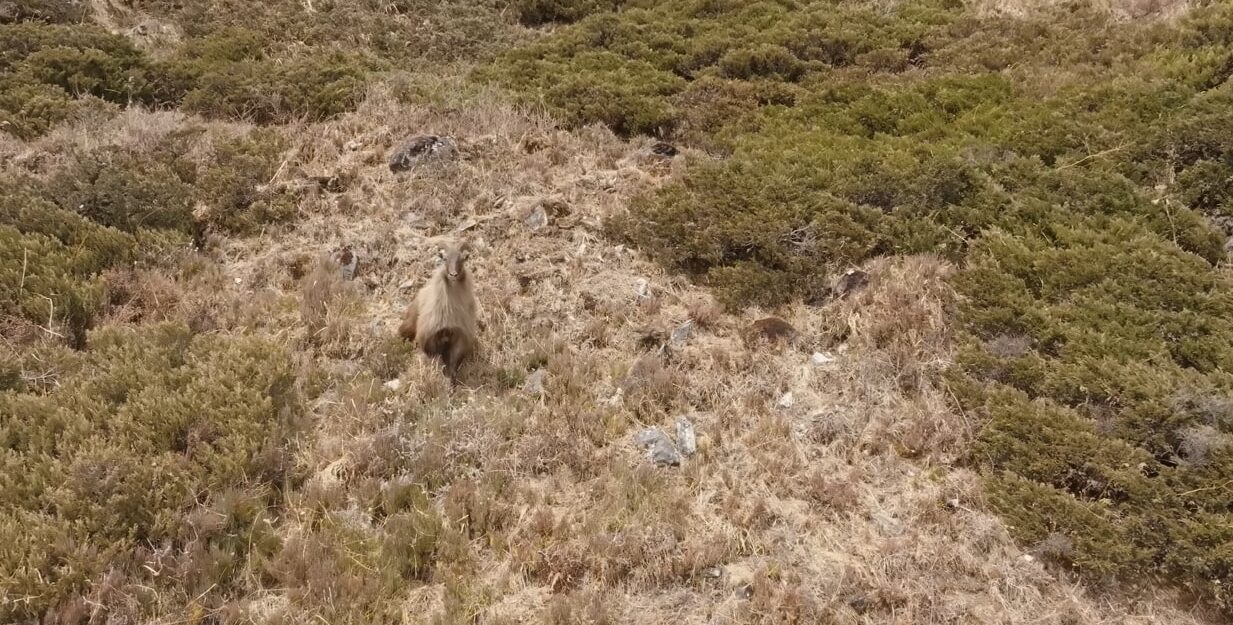
Additionally, the Manaslu region is a restricted area, and you’ll require a special permit to enter. This permit must be obtained through a registered trekking agency and requires at least two trekkers in the group. The cost of the permit varies depending on the time of year and the length of the trek, but it is generally around $70-$100 per week per person.
Trekking Routes and Highlights
The Manaslu Trek can take anywhere from 12-20 days depending on the route and the pace of the trek. Most trekkers start their journey in Soti Khola, which is a long 8-10 hour drive from Kathmandu. The drive can be bumpy and dusty, but it’s worth it to reach the starting point of this incredible trek.
From Soti Khola, the trek follows the Budhi Gandaki River, passing through small villages and terraced fields. The first few days are relatively easy, but the trek quickly becomes more challenging as you gain elevation and the trail becomes steeper. The Larkya La Pass, which rises to a height of 5,160 meters (16,930 feet), is the highest point of the walk and offers breathtaking views of the mountains in the area.
One of the highlights of the Manaslu Trek is the opportunity to explore the unique culture of the region. The trek passes through many small villages, where you can interact with locals and learn about their way of life.
The region is predominantly Buddhist, and there are many monasteries and stupas to visit along the way. The trek also passes through a beautiful rhododendron forest and offers stunning views of the Ganesh Himal and Mount Manaslu, the eighth-highest mountain in the world.
Accommodation: Tea Houses and Sleeping Bags
The Manaslu Trek offers a variety of accommodation options, ranging from basic tea houses to more luxurious lodges. Tea houses are small guest houses that offer simple rooms with shared bathrooms. They are usually run by local families and offer a unique opportunity to experience Nepali hospitality. Tea houses usually provide meals as well, although the options can be limited and the quality can vary.
It’s important to note that while some tea houses provide blankets and bedding, many do not. Trekkers should bring their own sleeping bags or rent them from a trekking agency in Kathmandu. A good quality sleeping bag is essential for staying warm at high elevations, especially during the colder months of September to November.
Day 12: Rest Day in Samagaon
One of the highlights of the Manaslu Trek is the rest day in the village of Samagaon. At 3,530 meters (11,581 feet) above sea level, this town provides breathtaking views of the mountains in the area. It’s a great place to acclimatize and explore the local culture.
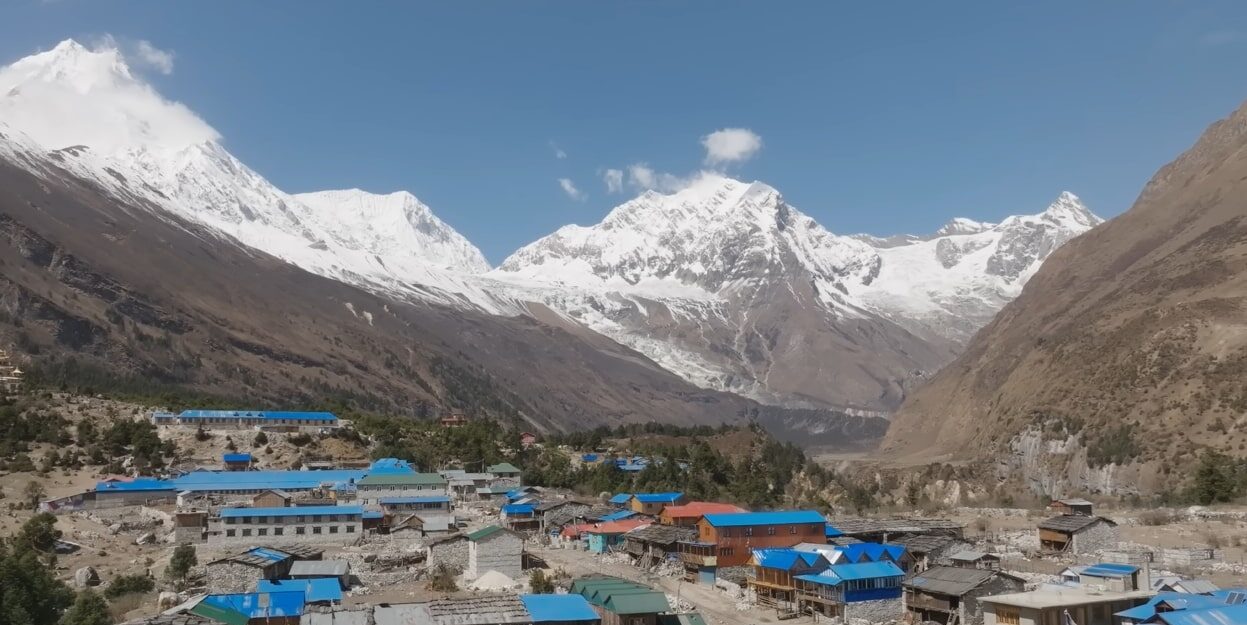
During the rest day in Samagaon, trekkers can take a side trip to the nearby Pungyen Monastery. This monastery is perched on a hill overlooking the village and offers panoramic views of the surrounding mountains. It’s also a great opportunity to learn more about the Buddhist culture of the region.
Another popular activity during the rest day in Samagaon is hiking up to the Manaslu Base Camp. This hike takes around 4-5 hours round trip and offers incredible views of the Manaslu Glacier and the surrounding peaks. It’s a great way to get up close and personal with the highest mountain on the trek.
Hiring a Porter to Carry Your Gear
While the Manaslu Trek is a challenging trek, it is possible to do without a guide or porter. However, hiring a porter can make the trek much more enjoyable and less strenuous. A porter can carry your gear, leaving you free to focus on the trek and enjoy the incredible scenery.
Porters are usually hired through trekking agencies in Kathmandu and cost around $15-$25 per day, depending on the weight of your gear. It’s important to hire a porter through a registered agency to ensure that they are treated fairly and paid a fair wage.
When hiring a porter, it’s important to pack lightly and only bring the essentials. A good backpack and comfortable hiking boots are essential, as well as warm clothing and a good quality sleeping bag. It’s also important to bring plenty of snacks and water, as the trek can be quite demanding.
Best Time to Trek: September to November
The Manaslu Trek can be done year-round, but the best time to trek is from September to November. This is the peak trekking season in Nepal, and the weather is generally clear and dry. The days are warm and sunny, and the nights are cool but not too cold.
During the peak season, the trek can be quite crowded, especially around the Larkya La Pass. It’s important to book accommodation in advance and be ready for long wait times at tea houses and restaurants.
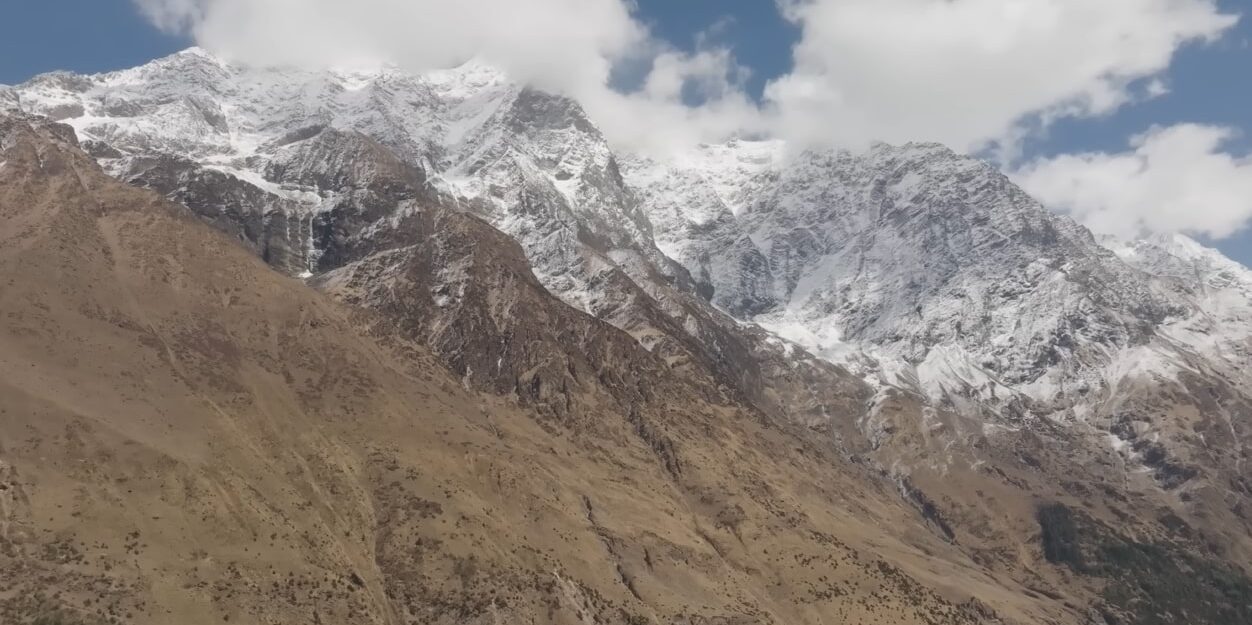
During the winter months, the trek can be more challenging due to snow and colder temperatures. The spring months of March to May can also be a good time to trek, but the weather can be more unpredictable and there is a higher chance of rain.
What will you come across in the Manaslu trek?
Here are some of the things you can expect to come across on the Manaslu Trek in bullet points:
- Incredible mountain views of Mount Manaslu, Annapurna II, and other peaks in the region.
- Diverse landscapes range from lush forests and terraced fields to high mountain passes and glaciers.
- Small villages with unique cultures and traditions, such as the Gurung and Tibetan communities.
- Buddhist monasteries and temples, such as the Pungyen Monastery near Samagaon.
- The Budhi Gandaki River runs through the valley and offers refreshing swimming spots.
- Challenging hiking trails require physical fitness and stamina.
- High-altitude passes, such as the Larkya La Pass, offer stunning panoramic views but can be challenging to cross.
- Accommodation in tea houses, which offer basic but comfortable lodgings for trekkers.
- The opportunity to hire porters to carry gear, allows trekkers to focus on the trek and enjoy the scenery.
- The need to obtain permits, such as the Annapurna Conservation Area Permit (ACAP) and Restricted Area Permit (RAP), in order to enter the Manaslu region.
- A range of trekking routes to choose from, ranging from 14 to 21 days in length.
- The chance to explore the Annapurna Circuit, one of the most popular and iconic treks in Nepal.
- The need to pack appropriately, including warm clothing, a good quality sleeping bag, and plenty of snacks and water.
- The best time to trek is from September to November when the weather is clear and dry.
FAQs
How challenging is the Manaslu Trek?
The Manaslu Trek is a challenging trek, with some steep ascents and high-altitude passes. Trekkers should have a good level of fitness and be ready for several long days of hiking. However, with adequate preparation and acclimatization, many trekkers find it to be a rewarding and memorable experience.
Are there any cultural experiences to be had on the trek?
Yes, there are many opportunities to experience the unique cultures and traditions of the villages in the Manaslu region. Trekkers can visit Buddhist monasteries and temples, observe traditional dances and ceremonies, and learn about local customs from their guides or homestay hosts.
What are the tea houses like on the trek?
Tea houses on the Manaslu Trek offer basic but comfortable accommodations for trekkers. Rooms typically feature a bed, pillow, and blanket, but may not have heating or electricity. Meals will be available in a communal dining area and typically consist of traditional Nepali dishes such as dal bhat (lentil soup and rice) and momos (dumplings).
Is hiring a porter important for the trek?
While it is not necessary to hire a porter, many trekkers choose to do so in order to lighten their load and focus on the trek. Porters can carry up to 20kg of gear and equipment. They are typically paid a daily rate of around $15-25 USD.
What is the highest point on the Manaslu Trek?
The highest point on the Manaslu Trek is the Larkya La Pass, which sits at an altitude of 5,106 meters (16,752 feet) above sea level. From here, trekkers can enjoy stunning panoramic views of the surrounding mountains and valleys.
Conclusion
In conclusion, the Manaslu Trek is an excellent option for those seeking a challenging and culturally rich trekking experience in Nepal. With stunning mountain views, diverse landscapes, and unique cultural experiences, the trek offers a memorable journey for adventurous travelers.
Whether trekking solo or with a group, the Manaslu region promises to deliver a memorable experience that will leave trekkers with lasting memories.
With adequate preparation and a willingness to embrace the challenges of the trek, anyone can enjoy the beauty and majesty of this stunning region.
